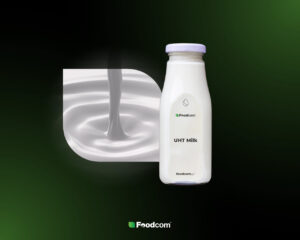Jeff Hasting, the founder of a Naturo Technologies, an Australian food technology company has invented a process to keep natural milk fresh for 60 days. The plan is to distribute the product to consumers by March.
How does it work?
Mr. Hasting claims that the process does not require any preservatives or additives. It’s based on multi-step formula without relying on heat. It is said to be the most revolutionary and innovative solution in the world dairy industry since 1864 when pasteurization was created. ‚Ours is a long-life technology, but it produces fresh milk, with the taste of fresh milk,‘ Jeff Hastings underlines.
Greenlight
The industry regulator Dairy Food Safety Victoria gave a green light after a series of tests and approved the process as safe and healthy. Moreover, the technology is said to be even better than pasteurization, as the final product contains higher levels of vitamins B2 and B12.
Moreover, the company got the Federal Government funding to complete the pilot project and deliver the milk to supermarkets within months. Another large plant is in the plan for the near future.
New business opportunities
Farmers are happy to welcome the new technology as it might open up new markets for them. It’s crucial because Australia produces more milk than it consumes. It will further facilitate exports and create new business opportunities. Furthermore, the Federal Government’s goal is to provide remote communities with easier access to fresh and healthy milk.
It will be a real game-changer. Official claim that once everything is ready, up to ten million liters will be produced each year. Many will be able to benefit from this innovation.








